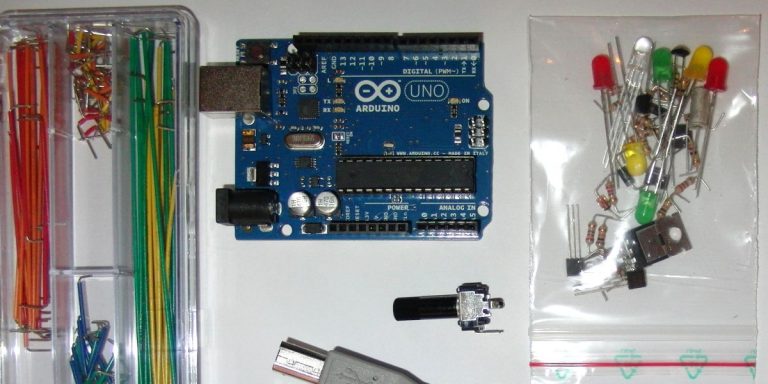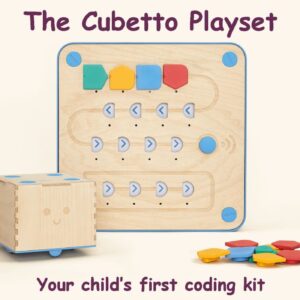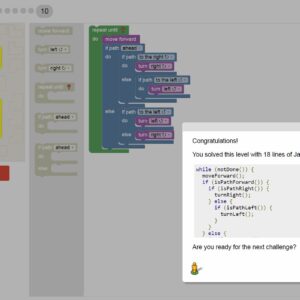Arduino Uno is a microcontroller board based on the ATmega328P.
It has 14 digital Input/Output (I/O) pins of which 6 can be used as Pulse Width Modulation (PWM) outputs, 6 analog inputs, a 16 MHz quartz crystal, a USB connection, a power jack, an In-Circuit Serial Programming (ICSP) header and a reset button.
It contains everything needed to support the microcontroller; simply connect Arduino UNO to a computer with a USB cable or power it with a AC-to-DC adapter or battery to get started.
You can tinker with your Arduino UNO without worrying too much about doing something wrong, worst case scenario you can replace the chip for a few dollars and start over again.
“Uno” means one in Italian and was chosen to mark the release of Arduino Software Integrated Development Environment (IDE) 1.0.
The Uno board and version 1.0 of Arduino Software (IDE) were the reference versions of Arduino, now evolved to newer releases.
The Uno board is the first in a series of USB Arduino boards, and the reference model for the Arduino platform.
Continue Reading Arduino Board Tutorial for Hackerspace Beginners





DiddyBorg V2 Robot Kit: The #DiddyBorg is a six-wheel powerhouse of a self-build robot powered...
MIT App Inventor 2 I Have A Dream Android App #MIT #Teachers #Coding...
Arduino IDE Library Installed Successfully #Arduino...
Google Blockly Games Maze 5 Solution #Blockly #Javascript #Coding...
Caesar Cipher Left Shift of 3 #Caesar # Cipher #Teachers...
Connect Your Raspberry Pi to the Network #RaspberryPi...